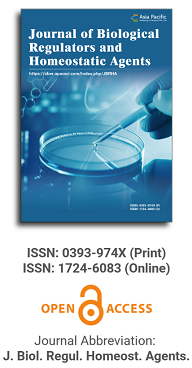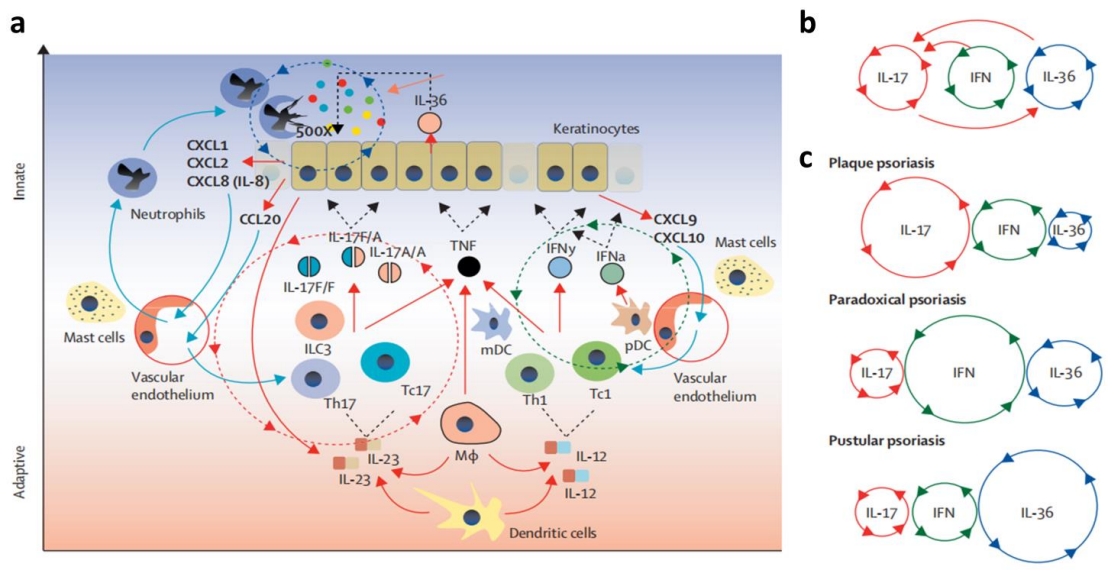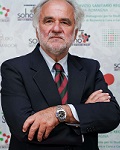
Asia Pacific Academy of Science Pte. Ltd. (APACSCI) specializes in international journal publishing. APACSCI adopts the open access publishing model and provides an important communication bridge for academic groups whose interest fields include engineering, technology, medicine, computer, mathematics, agriculture and forestry, and environment.

Expression of IL-17A, E, and F and their receptors in non-small-cell lung cancer
Vol 32, Issue 5, 2018
Abstract
Lung cancer is the leading cause of cancer-related morbidity and mortality worldwide. Interaction of nascent or established lung tumour cells with various cytokines and infiltrating immune cells has been implicated in lung cancer pathogenesis. In this study, we systematically analysed immunoreactivity for IL-17A, IL-17E and IL-17F and their relevant receptors in the lung sections from non-small cell lung cancer (NSCLC) and normal control. Immunoreactivity for IL-17A, IL-17F, IL-17RA and IL- 17RC, but not IL-17RB was significantly elevated in NSCLC compared with controls, while IL-17E was reduced. The median numbers of infiltrating lymphocytes and neutrophils and global macrophage (CD68) immunoreactivity of phagocytes were also elevated in NSCLC compared with control tissue sections. Furthermore, correlation between the expression of IL-17A and its receptors IL-17RA and IL- 17RC varied according to NSCLC histopathological type. These data suggest that IL-17A, E, F and their receptors IL-17RA, RB, RC may be involved in the pathogenesis of NSCLC. Further understanding of the relationship between the IL-17/IL-17R axis and the tumour inflammatory microenvironment may reveal new therapeutic targets.
Keywords
References
Supporting Agencies
Copyright (c) 2018 Q. Huang, X C. Ma, X. Yang, W. Wang, Y. Li, Z. Lv, C. J. Corrigan, Y. Chen, S. Ying

This site is licensed under a Creative Commons Attribution 4.0 International License (CC BY 4.0).

Medical Genetics, University of Torino Medical School, Italy

Department of Biomedical, Surgical and Dental Sciences, University of Milan, Italy

